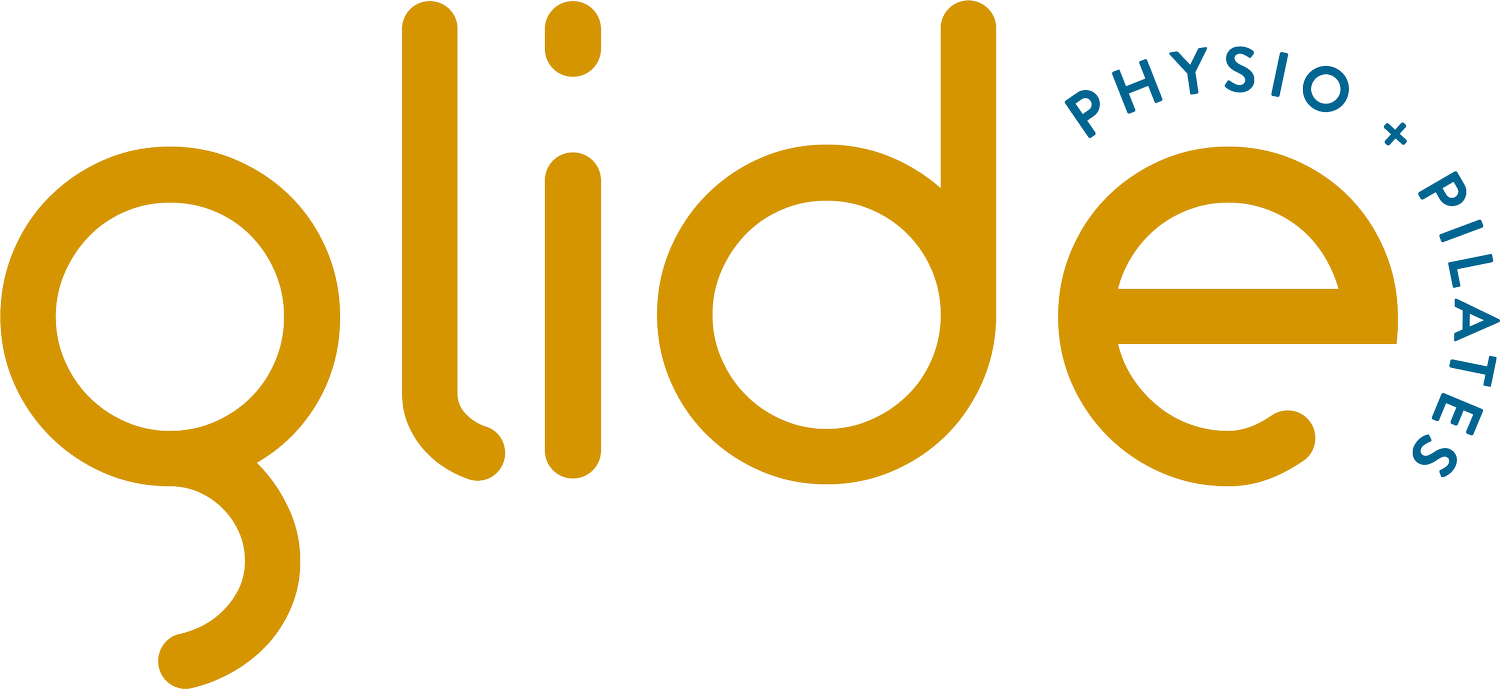Blog
women’s Pelvic Health series 4: What is Urinary Incontinence?
Urinary Incontinence (UI)
The accidental, uncontrollable loss or leaking of urine is one of the most common pelvic health issues experienced by Australian women – almost 40 percent of us experience UI during our lifetimes (i).
And guess what? More than half of those reporting UI are aged under 50.
UI in some cases is closely linked to pelvic organ prolapse (POP), and the effects of pregnancy and childbirth on your pelvic muscles, fascia and ligaments. We’ll get to prolapse in the coming articles.
For now, whizzing on through different types of UI…
Returning to Exercise After Having a Baby: A Guide for New Mothers
Welcoming a new baby is an exciting and transformative time, but it also brings significant changes to your body. As a women’s pelvic floor physiotherapist, I understand the importance of safely returning to exercise postpartum. This guide will help you navigate your journey back to physical activity, ensuring that you’re listening to your body and prioritising your health.
Women’s pelvic health series 3- which muscles do i really need to know about?
Welcome to the ocean of myofascial connections in the human body.
Come and dip your toes with Glide Physio & Pilates boss Ellie Parnell as she wades through the muscle groups and fascia of your amazing pelvis to bring you the most essential info.
WOMEN’S PELVIC HEALTH SERIES - 2 anatomy & physiology
Knowing your pelvic anatomy – the placement of bones, organs and some key muscles – helps you become fully aware of what’s ‘normal’ for you.
WOMEN’S PELVIC HEALTH SERIES
Ladies, we need to talk. Glide Physio & Pilates physiotherapist Ellie Parnell gets right to the bones of your Pelvic Health in this cheeky series.
Exercise and Your Body During Pregnancy
Congratulations on your pregnancy! Pregnancy is an incredible journey that brings about many miraculous changes in your body. Scientific evidence and Australian guidelines tell us that staying active during this time is beneficial for both mum and baby, but it’s important to understand how to adapt our routines to accommodate these changes safely. In this blog post we’ll explore the various systems and areas of the body that undergo changes during pregnancy and provide tips on how to move and exercise safely and effectively.
Strengthening Bones Safely: Pilates, Weight-Bearing Exercise & Osteoporosis Prevention
As a physiotherapist and Pilates rehabilitation practitioner, I've seen the transformative impact of exercise on musculoskeletal health. Osteoporosis, a condition characterised by decreased bone density and increased fracture risk, is a concern for many, not just the elderly. However, exercise, including Pilates and weight-bearing activities, can play an important role in both the prevention and management of osteoporosis.
Unlocking the Benefits of Dry Needling
Dry needling involves the insertion of thin, solid needles into specific trigger points, or muscle “knots”, to stimulate a healing response. Unlike acupuncture, which is rooted in traditional Chinese medicine, dry needling is more grounded in Western medicine principles. Physiotherapists use this technique to target myofascial trigger points.
The Power of Clinical Pilates: Building Muscle Mass for Healthy Ageing
In this post, we will explore how clinical Pilates, guided by your physiotherapist, can help build muscle mass and why this is crucial as we age.
What is clinical pilates?
What is clinical Pilates and how is it different to a mat or reformer class?
Physiotherapy Postnatal Care: What to Expect After Your Baby is Born
Here is some honest and upfront information about what to expect from your body after you have your baby! If you're currently pregnant, I recommend you have a quick read and then save this for later reference. Feel free to add comments or questions and let me know what you think.











